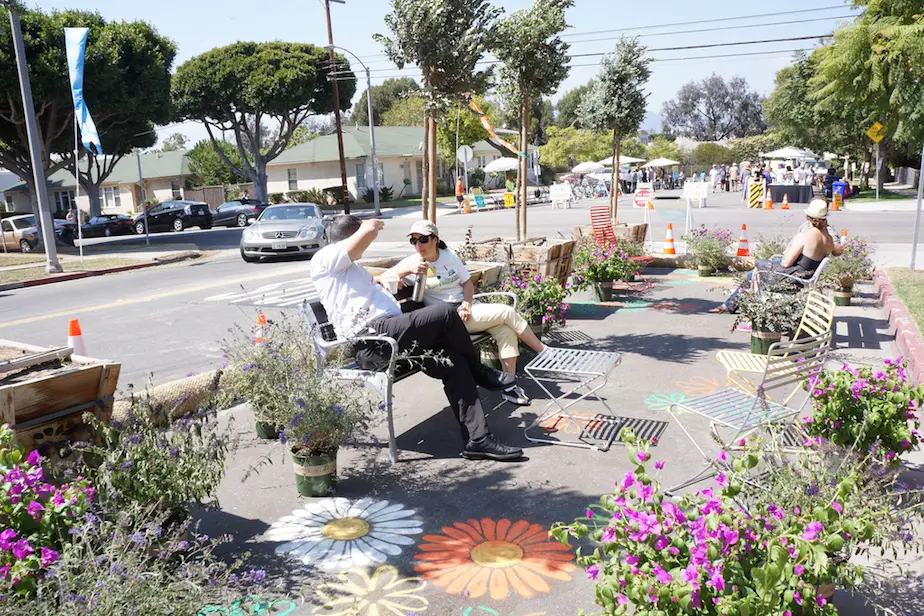Many conditions of urban life are changing, and meeting local housing needs is not always working out. What passes as typical has probably never been more varied, with more people living on their own, smaller families, families split across homes, and multi-generational families living together. An ageing population means that accessible housing is more important than ever, and likely to only become more so.
For many citizens in major Western cities, the economic conditions of the property market simply aren’t workable, with far-reaching societal changes happening against a background of decades of globalisation and financialisation of housing markets.
Environmental sustainability is stated as a priority for regional and national governments, and some citizens are also factoring this into housing decisions. Demand for centrally-located homes close to public transport nodes is growing, offering residents the chance to travel in a more sustainable manner while spending less time in transit.
These changes are being experienced in most Australian cities. Though vast in size, Australia’s population is predominantly urban, with 2018 World Bank data suggesting 86% of the population live in city regions. National population is expected to grow from 22 to 36 million by 2050, and 6.5 million new housing units are expected to be needed in the next 35 years.
Design firm Nightingale Housing believes that these conditions mean a different approach to urban housing supply in Australia is needed. Aiming to make it easier to create housing that is financially, socially and environmentally sustainable, Nightingale have devised a methodology which facilitates housing developments that are:
- 100% fossil fuel free in operation
- Priced below market rate, in part due to capped profits
- Managed by those who live in them
- Design-driven, both for residents and with an aim to contribute positively to the local streetscape

Nightingale aren’t developers, instead offering what they call “a set of systems and processes for housing provision.” Effectively, they work with architects and developers to create housing units that follow their systemic approach, which itself is shaped iteratively by learnings from previous developments. Crucially for interested architects and developers, the popularity of the Nightingale approach has resulted in a waiting list of interested potential buyers.
Building design is influenced by the needs and norms of the urban Australian housing market, with integrated water collection systems, functional, on-site gardens, and shaded balconies. Sustainability is measured using the National House Energy Rating Scheme (NatHERS) – a local building sustainability assessment method – achieving at least 7.5 on the zero-to-ten scale.
Nightingale acknowledge that their preferred definition of affordable housing is that it shouldn’t cost more than 30% of household income – a standard which their units don’t meet. ‘Financial sustainability’ is instead cited as the motivator behind their methodology, aiming to reduce the cost of quality housing through a range of approaches, including lean development which omits elements seen as non-critical, such as luxury marketing suites, passing those savings on to buyers. A resale covenant means affordability criteria apply to the next owner. Financial sustainability is considered on more than just purchase price, with a design and construction approach which aims to reduce operating and maintenance costs.
Demand for units is high, with residents selected via a ballot process which prioritises “key community contributors”, people with disabilities, or those who identity as Aboriginal or Torres Strait Islander. Once selected, residents are involved in development, influencing design through feedback sessions. Developments aim to improve local neighbourhoods, including open, connecting streets and active frontages, where those on the street can see and feel connected to ground floor activities. The model aims for integration with sustainable transport modes and existing employment and service areas, contributing to the creation of more compact, sustainable cities.
By creating a system to “facilitate the process of bringing Nightingale buildings to life”, there is potential, at least in theory, to develop more economically, environmentally and socially sustainable housing units than a small developer alone would be able to achieve. Though certain elements of the model are tailored to the needs of Australia’s cities – that is a Western living style in a mostly hot and dry climate – the system is open enough to be transferred to other regions. A methodology which includes an evolving framework, influenced by past learnings, lends itself to adoption in cities outside of Australia which may have lifestyle differences but are ultimately attempting to address similar urban challenges.
Photo: Nightingale. HT: Celeste at Bowerbird


